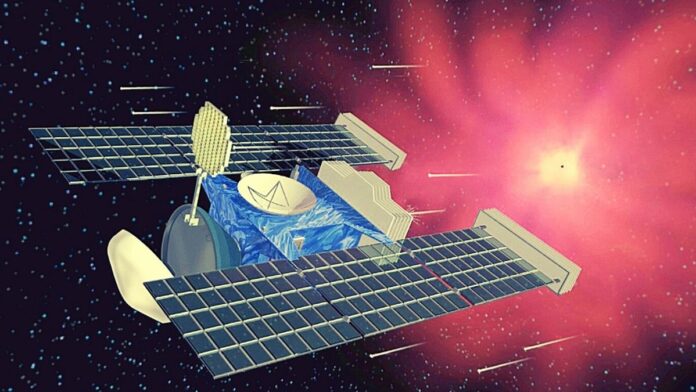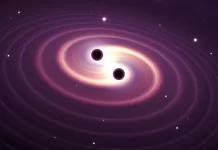
The Stardust mission was a groundbreaking space exploration mission launched by NASA in 1999. The mission was aimed at collecting and returning samples from a comet and interstellar dust, allowing scientists to study the formation of our solar system. The mission was considered to be one of the most challenging missions ever attempted by NASA and required innovative technology and teamwork to achieve its goals. In this article, we will explore the Stardust mission in detail, including its objectives, challenges, and achievements.
Contents
Objectives of the Stardust Mission
The primary objective of the Stardust mission was to collect and return samples from the comet Wild 2. Wild 2 was chosen because it is a short-period comet that orbits the sun once every 6.4 years, making it easier to target and study. The mission was also designed to collect interstellar dust, which is believed to be remnants from the formation of our solar system. The mission aimed to collect samples of both comet and interstellar dust, which would give scientists a rare opportunity to study the formation of our solar system.
Challenges Faced by the Stardust Mission
The Stardust mission was a complex and challenging mission, which required innovative technology and teamwork to achieve its goals. One of the biggest challenges faced by the mission was the collection of samples from the comet. To do this, the mission used a device called the Sample Return Capsule (SRC), which was designed to capture the particles from the comet and bring them back to Earth. The SRC had to withstand the extreme conditions of space, including high temperatures and radiation and had to be precise enough to capture the particles without damaging them.
Another major challenge faced by the mission was the distance between the Earth and Wild 2. The comet is located in the Kuiper Belt, which is beyond the orbit of Neptune, making it difficult to reach. The mission had to use innovative techniques, including gravity assists and precision targeting, to reach the comet and collect the samples.
Achievements of the Stardust Mission
Despite the challenges faced by the mission, the Stardust mission was a resounding success. The mission returned to Earth in 2006, bringing back samples of both comet and interstellar dust. The samples were collected in the SRC, which was released from the spacecraft and landed in the Utah desert. The samples were then sent to the Johnson Space Center in Houston, Texas, where they were analyzed by scientists from around the world.
The samples collected by the Stardust mission have provided scientists with a wealth of information about the formation of our solar system. The samples have revealed the presence of organic compounds, including glycine and other amino acids, which are the building blocks of life. The samples have also revealed the presence of minerals that are only found in high-temperature environments, suggesting that the comet was formed close to the sun before being ejected into the outer solar system.
Conclusion
The Stardust mission was a groundbreaking space exploration mission that achieved its goals of collecting and returning samples from a comet and interstellar dust. The mission faced many challenges, including the distance between the Earth and the comet, and the collection of the samples. However, the mission was a resounding success, and the samples collected have provided scientists with a wealth of information about the formation of our solar system. The Stardust mission is a testament to the innovative technology and teamwork that is required to achieve success in space exploration.
Sources
- NASA’s official website: https://www.nasa.gov/mission_pages/stardust/main/index.html
- The Stardust mission page on the Jet Propulsion Laboratory (JPL) website: https://www.jpl.nasa.gov/missions/stardust/
- The Stardust Mission Analysis and Operations Team Final Report: https://ntrs.nasa.gov/archive/nasa/casi.ntrs.nasa.gov/20100035790.pdf
- A review article on the Stardust mission published in the journal “Meteoritics & Planetary Science”: https://onlinelibrary.wiley.com/doi/abs/10.1111/maps.12612
- The book “Stardust: The Cosmic Seeds of Life” by John S. Lewis, provides an in-depth look at the mission and its scientific significance.
FACT CHECK: We strive for accuracy and fairness. But if you see something that doesn’t look right, please Contact us.
DISCLOSURE: This Article may contain affiliate links and Sponsored ads, to know more please read our Privacy Policy.
Stay Updated: Follow our WhatsApp Channel and Telegram Channel.











